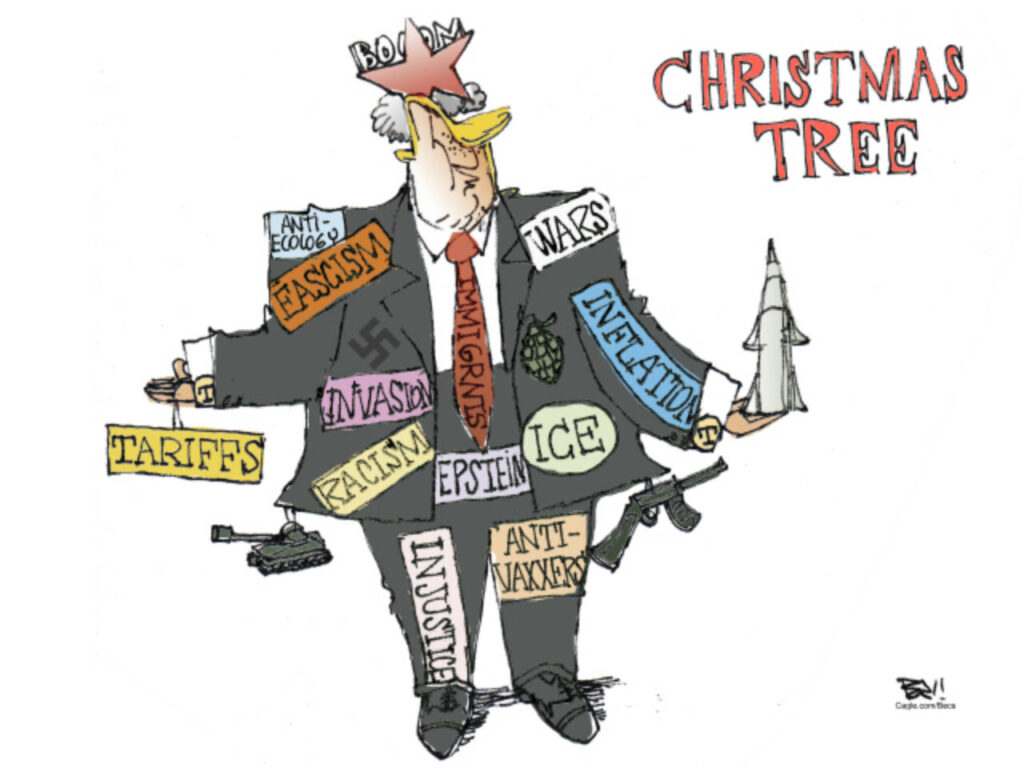A lot of talk, hype, studies and research reports and promises for Light Rail Transit but it's only one part of getting around in New Urban Mobility.
Yeh sure, Central Mesa now has Valley Metro Light Rail, a bike-sharing deal in the works, public bus serviced, cars and parking lots and not-so-many pedestrians. How will all this work together?
 On October 27, 2015 The New Cities Foundation published an online blog report with a summary of highlights by Katrina Duncan On Wednesday, 14 October 2015 the New Cities Foundation welcomed about 150 of the most forward thinking practitioners from economics, policy, sociology, architecture and design, finance and technology to discuss the changing nature of urban mobility at Cities on the Move. The event was hosted by Google at their London headquarters, with support from Ericsson and Transdev.
On October 27, 2015 The New Cities Foundation published an online blog report with a summary of highlights by Katrina Duncan On Wednesday, 14 October 2015 the New Cities Foundation welcomed about 150 of the most forward thinking practitioners from economics, policy, sociology, architecture and design, finance and technology to discuss the changing nature of urban mobility at Cities on the Move. The event was hosted by Google at their London headquarters, with support from Ericsson and Transdev.
Some of the highlights:
- "Conversations are cheap, infrastructure is really expensive,” remarked Tim Papandreou, Director, Strategic Planning and Policy, San Francisco Municipal Transport Agency, highlighting the value of multi-sector gatherings to reflect upon the future of urban mobility in a time of rapid innovation.
- Mobility forms part of the complex world of systems which make up a city. It is inextricably linked to our daily lives as a means by which we interact with each other. So we must think of the human scale, rather than the endless possibilities of technology. Ashwin Mahesh, Founder of Mapunity, encouraged us to think in shorter distances. Planners should consider the speed at which we need to move within the city to reach our destinations, run errands, or see friends within short trips of 3 to 6 kilometers. This means connecting neighborhoods and maintaining diversity within communities. Then, mobility becomes more than a techno-managerial issue: it transforms into a socio-political one.
- “We need to work towards building an ecosystem rather than an ego-system,” observed Jenny Lindqvist, Global Head of Intelligent Transport Systems, Ericsson. Each actor needs to play their part in designing and operating an overall transport system that works for each individual city.
. . . As the lines between public and private transport service providers blur, the central point that should drive this ecosystem is the fundamental outcomes we want for a city: vibrant neighborhoods and economic opportunities, among others.



No comments:
Post a Comment